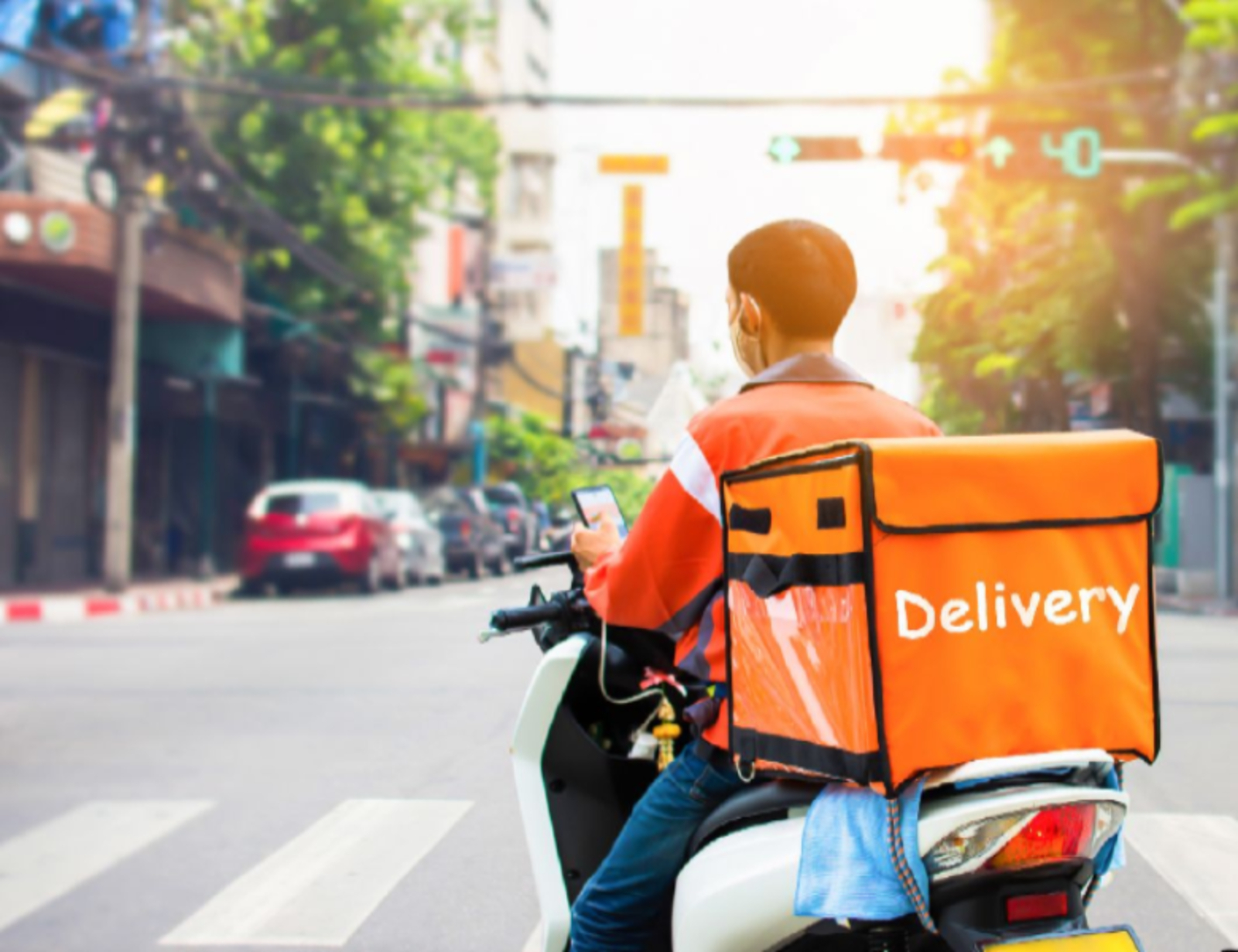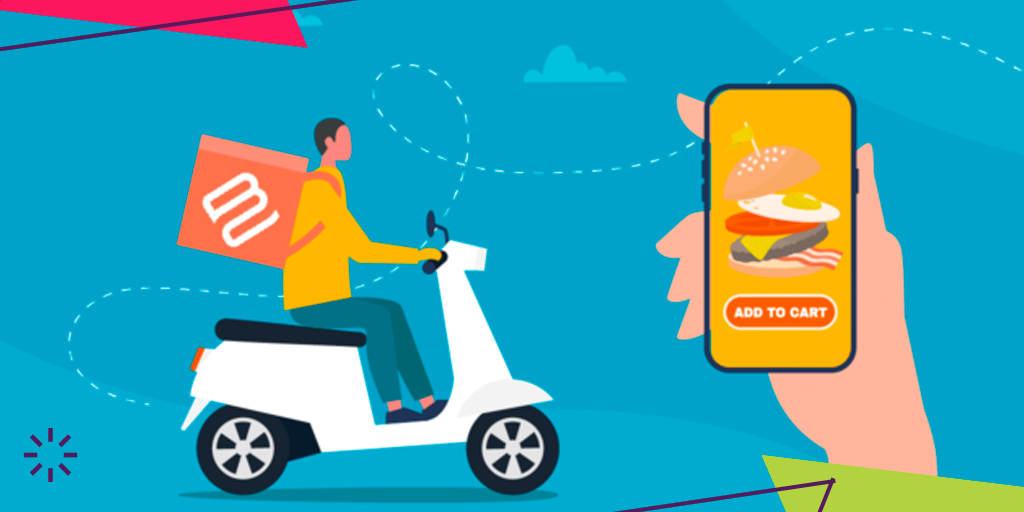Optimizing Restaurant Delivery: Enhancing Efficiency and Customer Satisfaction
In today’s fast-paced world, restaurant delivery services play a crucial role in meeting customer demands. To stay competitive and maximize profits, restaurants need to optimize their delivery operations. This article explores effective strategies to enhance efficiency and customer satisfaction in restaurant delivery.
Streamline Order Management
Efficient order management is the first step towards optimizing restaurant delivery. Implementing a robust POS system integrated with online platforms enables seamless order processing. This eliminates errors, reduces manual work, and ensures real-time order tracking. Additionally, establishing clear communication channels between the kitchen staff, delivery personnel, and customer support helps streamline operations and minimize delays.
Optimize Delivery Routes
Efficient delivery routes can significantly reduce delivery time and costs. Utilize route optimization software that considers factors like traffic, distance, and delivery windows to plan the most efficient routes. Consolidating orders for nearby locations and grouping deliveries based on proximity can further enhance efficiency. By reducing travel time and mileage, restaurants can ensure faster deliveries, minimize fuel expenses, and enhance overall customer satisfaction.
Invest in Packaging and Presentation
The quality of packaging and presentation impacts the overall customer experience. Invest in sturdy, eco-friendly packaging that maintains the food’s temperature and prevents spills or leaks. Incorporate branding elements like custom labels or packaging inserts to create a memorable impression. Additionally, consider adding personal touches such as handwritten notes or complimentary items to surprise and delight customers. Attention to detail in packaging and presentation can help restaurants build a strong brand image and foster customer loyalty.
Leverage Technology
Adopting technology-driven solutions can optimize various aspects of restaurant delivery. Offer online ordering through a user-friendly website or mobile app to enable convenient ordering and payment. Integrate with third-party delivery platforms to expand the reach and tap into a wider customer base. Utilize delivery management software to track deliveries in real-time, manage driver assignments, and gather valuable data for analysis and improvement. Embracing technology empowers restaurants to streamline processes, enhance visibility, and provide a seamless delivery experience.
Prioritize Customer Communication
Effective communication with customers throughout the delivery process is crucial. Provide real-time updates on order status, estimated delivery time, and any delays or issues encountered. Enable customers to track their orders and offer multiple channels for support and feedback. Promptly address customer queries or concerns to ensure transparency and build trust. Additionally, consider implementing a rating and review system to gather feedback and continuously improve service quality. Open and proactive communication creates a positive customer experience and fosters long-term customer relationships.
Optimizing restaurant delivery requires a comprehensive approach that encompasses order management, efficient routes, quality packaging, technology integration, and customer communication. By implementing these strategies, restaurants can enhance operational efficiency, reduce costs, and deliver exceptional service, ultimately boosting customer satisfaction and loyalty in the competitive food delivery landscape.






